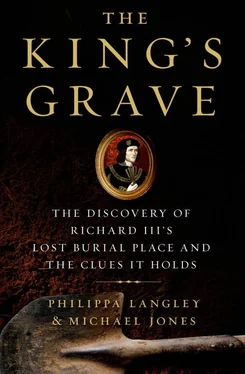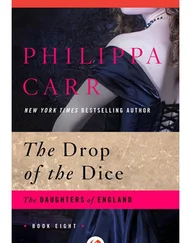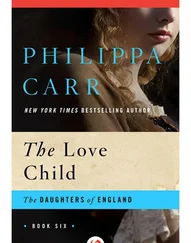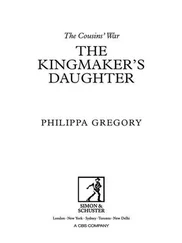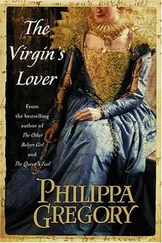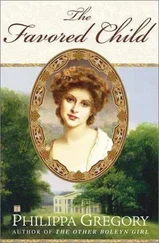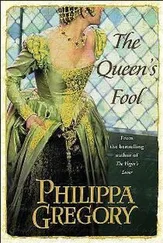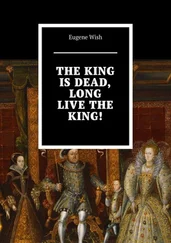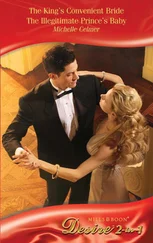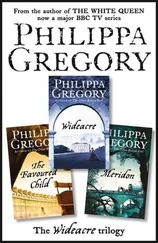4 September 2012
Exhumation of remains beside letter ‘R’ begins
5 September
Full set of remains exhumed (minus feet). Discovery of choir of church
12 September 2012
Announcement of discovery of the remains thought to be those of Richard III
6 December 2012
Carbon-14 dating analysis confirms remains are late fifteenth century
16 January 2013
Facial reconstruction revealed to Langley
3 February 2013
DNA match confirmed between remains and Michael Ibsen (living relative of Richard III)
4 February 2013
University of Leicester confirms remains found on 25 August 2012 are those of Richard III. Channel 4 and Darlow Smithson Productions premiere Richard III: The King in the Car Park
Introduction
The Inspiration
I SUPPOSE I had always known about Richard. Shakespeare’s villain must have registered somewhere in the recesses of my mind, but he didn’t strike a chord with me. When I was growing up in the northern market town of Darlington, history had been my favourite subject. We had studied the Viking period through to 1066, our teacher bringing history vividly to life, and I’d revelled in the characters that formed our island nation. Oddly enough, we were never taught about Richard III and the Wars of the Roses, the conflict that tore the country apart. And there was another mystery that I discovered years later: Richard, Duke of Gloucester’s home at Middleham Castle lay a short drive away yet there had been no school trips to see the history right on our doorstep.
I began to take an interest in Richard after I read Paul Murray Kendall’s biography, Richard III, in which he questioned Shakespeare’s interpretation of the king, proposing a different character altogether. Kendall drew on the testimonies of those who had known Richard Intimately, such as the city fathers of York who, the day after Richard’s death at Bosworth, had written: ‘ King Richard, late mercifully reigning upon us… was piteously slain and murdered, to the great heaviness of this city…’ noting he was ‘the most famous Prince of blessed memory’. Richard’s life had everything: politics, power, romance, intrigue, mystery, murder, self-sacrifice, loyalty and incredible acts of bravery. I was intrigued to know more about the man and why it had been so necessary for the Tudors to rewrite his story.
As I learned more about him I was puzzled as to why Richard had always been represented one-dimensionally on screen. The malevolent, crooked, Shakespearean figure has been rolled out since the dawning of the film industry with Hollywood portraying a tyrant in its first-ever full-length feature film, Richard III, in 1912. No one seemed interested in rendering a more complex, nuanced portrait while, perversely, Tudor history has been extensively filmed, television companies favouring exciting modern dramas about the Tudor monarchs who succeeded Richard III. The Six Wives of Henry VIII, starring Keith Michell, was screened in 1970, quickly followed by Glenda Jackson’s Elizabeth R and many other similar programmes. It would seem that little has changed today. HBO’s critically acclaimed Game of Thrones is loosely based on the Wars of the Roses but is a fantasy, and the BBC has a forthcoming modern, glossy series about the women of this period, The White Queen, adapted from Philippa Gregory’s trilogy, with Richard sidelined to a supporting role. Cinema, too, has recounted almost every story concerning the Tudors, but has yet to bring the actual Richard to life.
I was baffled by the industry’s apparent desire to avoid putting King Richard III’s more subtle persona centre-stage on the screen. Was this because of a general lack of interest in the character or something more profound? Perhaps Richard was too complex, and it was too difficult to find his voice. Or perhaps the establishment was happy to maintain the Tudor version of his story, in which case there was little need to reinterpret his life. After all, Shakespeare had already presented the Tudor account. Many modern works claiming to reveal the real King Richard were simply rehashes of the Tudor Richard. Villains sell.
Some independent voices, using contemporary sources who had known Richard, described a different man but they were lost among the Tudor histories. However, I was persuaded by the evidence for the real, human Richard. By now I had joined the Richard III Society, the oldest and largest historical society in the world. Its Ricardian statement of intent resonated with the ‘many features of the traditional accounts of the character and career of Richard III’ being ‘neither supported by sufficient evidence nor reasonably tenable’. Since 1924, its work has provided the platform for leading research on the man and his times. Moreover, the view of the society’s patron, the Duke of Gloucester, and his moving dedication address in 1980 in defence of ‘something as esoteric and fragile as reputation’ captivated me.
I started to write my own screenplay about Richard but, try as I might, I couldn’t make the Richard I’d found in all the primary sources square with all the deeds he was supposed to have done. I could portray Richard, the loyal, dutiful son and brother living happily in the north, undertaking the tasks he is known to have performed there – and this matched what I knew about his character – but I couldn’t make the quantum leap of propelling him on to the throne. I was confronted by a giant jigsaw puzzle where many pieces fitted together easily, reflecting Richard’s character, but the key moments remained opaque. King Richard III was an enigma. I was by no means the first writer to have this problem. There are many accounts of historians being unable to understand his actions at important points, particularly in 1483 when he took the throne. But I was approaching him from a different perspective. I had to be familiar with his character before I could put into context the many challenges of his life, rather than the other way round. The later events of Richard’s life did not define him; his character had been formed before they took place.
I wasn’t interested in creating a saintly, one-dimensional figure; that would have been as nonsensical as the sinister person presented to us for so long. And yet I couldn’t make sense of the jigsaw before me.
I was about to give up when a new book on Richard was published: Bosworth 1485: Psychology of a Battle by the historian Michael Jones (and co-author of this book). It was acclaimed as a seminal work on the battle itself and on Richard’s character, placing him in the context of his family, unlike Shakespeare and the Tudor writers who had separated him from it. But what changed everything for me in Bosworth 1485 was the startling new evidence relating to Richard and his family, and new insight into the battle that would come to define him. The jigsaw of Richard’s life and its key moments were beginning to come together.
By this time I had formed the Scottish Branch of the Richard III Society and was keen to meet this writer to hear about his research and his new evidence. When we met we discovered that we shared a similar view of Richard and the pivotal events of his life. With Michael Jones’s book underpinning my screenplay, I immersed myself in the world of Richard III, devouring all I could on the king, visiting every place that had held meaning for him. In May 2004, my initial research complete, I travelled to the site of the Battle of Bosworth, which was both affecting and fascinating. The lie of the land in this small corner of Leicestershire seemed to suggest a battle fought over a much wider area than previously realized.
Читать дальше
